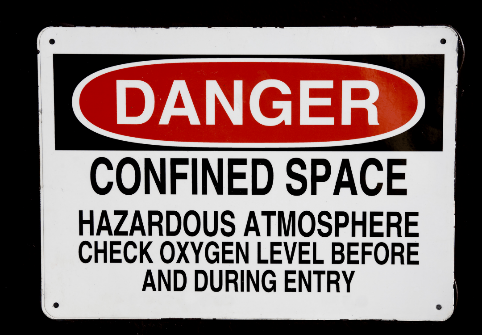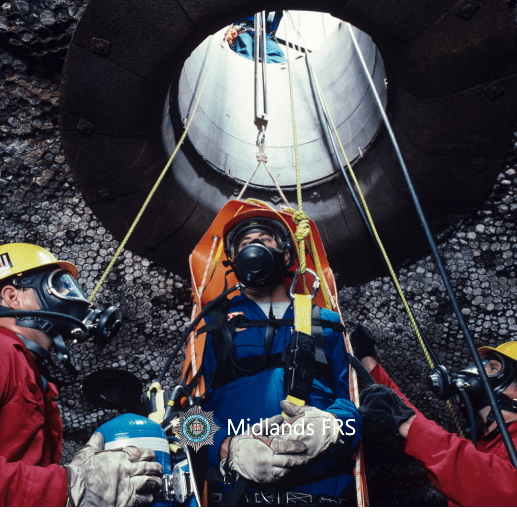A number of people are killed or seriously injured in confined spaces each year in the UK. This happens in a wide range of industries, from those involving complex plant to simple storage vessels. Those killed include people working in the confined space and those who try to rescue them without proper training and equipment.
Have you identified the confined spaces in your business? They could be unventilated or poorly ventilated rooms, enclosed drains, ductwork, silos. Some places may become confined spaces when work is carried out, or during their construction, fabrication or subsequent modification.
Why are Confined Spaces so Dangerous?
There are a lot of reasons why a space can become dangerous or deadly to its occupants. It could be something as simple as lack of oxygen in the confined work space that endangers the worker, or the build-up of poisonous or explosive gases. Liquids and solids which can suddenly and unexpectedly fill the space, or hot conditions leading to a dangerous increase in body temperature. There are numerous reasons for danger in confined spaces and some may arise from the work being carried out in them.

What Do I Need to Do?
You must carry out a suitable and sufficient assessment of the risks for all work activities to decide what measures are necessary for safety (under the Management of Health and Safety at Work Regulations 1999, regulation 3). For work in confined spaces this means identifying the hazards present, assessing the risks and determining what precautions to take. In most cases the assessment will include consideration of:
- The task
- The working environment
- Working materials and tools
- The suitability of those carrying out the task
- Arrangements for emergency rescue.
How to Minimise the Risks
Where possible, some simple but effective steps can be taken to minimise the risks to individuals.
- Avoid entry to confined spaces, eg by doing the work from outside
- Follow a safe system of work
- Put in place adequate emergency arrangements before the work starts.
You could also appointment a supervisor with responsibility to make sure that the necessary precautions are taken and to check safety at each stage. They may need to remain present while work is underway.

There are many more actions that can be undertaken and many more considerations to be made before works start in confined spaces. And while this topic may seem overwhelming it can be made simpler for you by employing a professional Confined Space Trainer who can work with you and your team to identify the risks and help to mitigate them.
A professional trainer will provide a much deeper insight into the risks of confined space management and train your team in best practice on your site so that staff remain safe. MidlandsFRS work with clients across the UK, giving training and also providing Confined Space Site Cover and rescue operations.
For more information on this subject and how we can help please call: 03333 449 908 or visit: www.MidlandsFRS.co.uk


Recent Comments